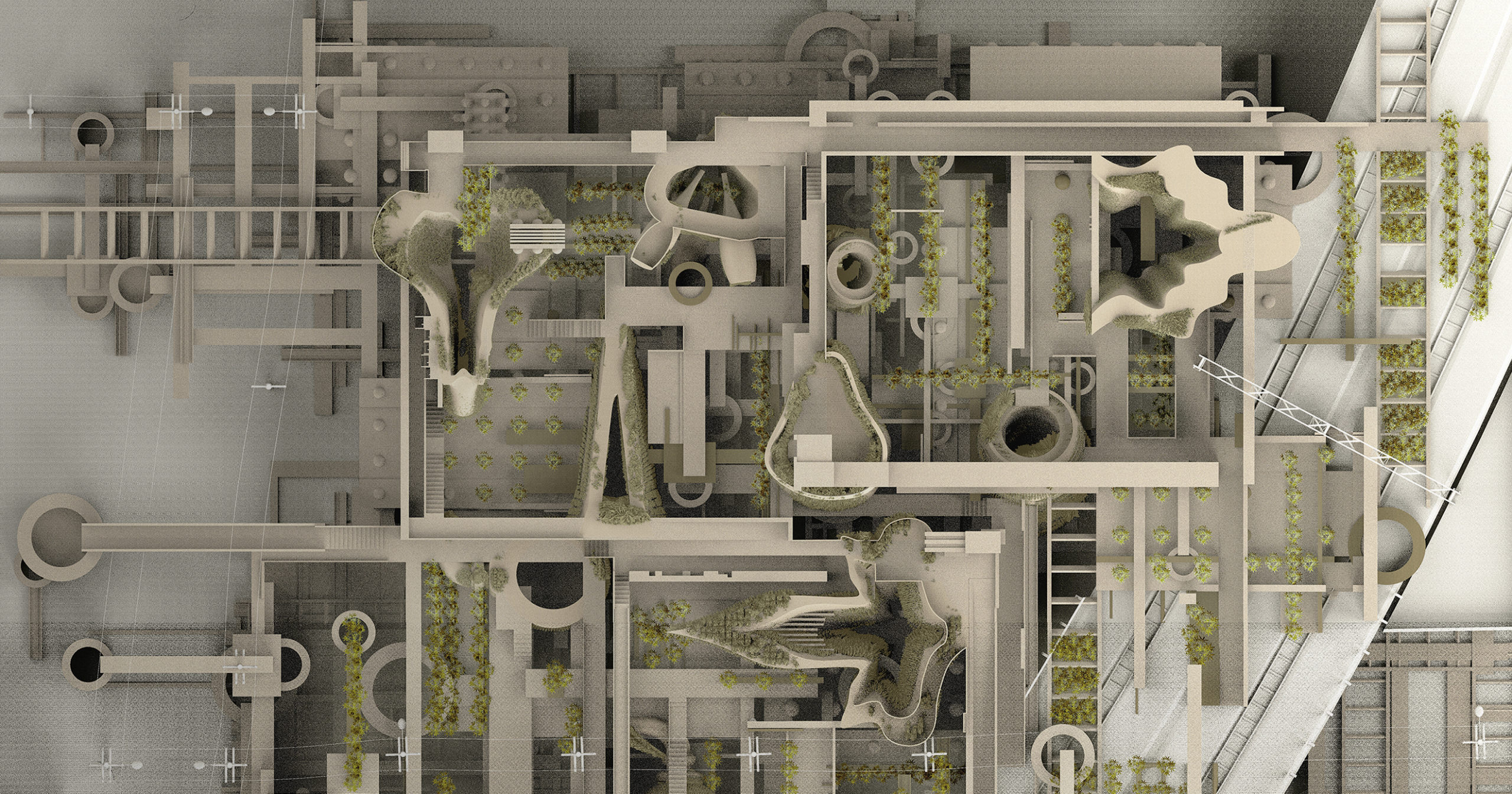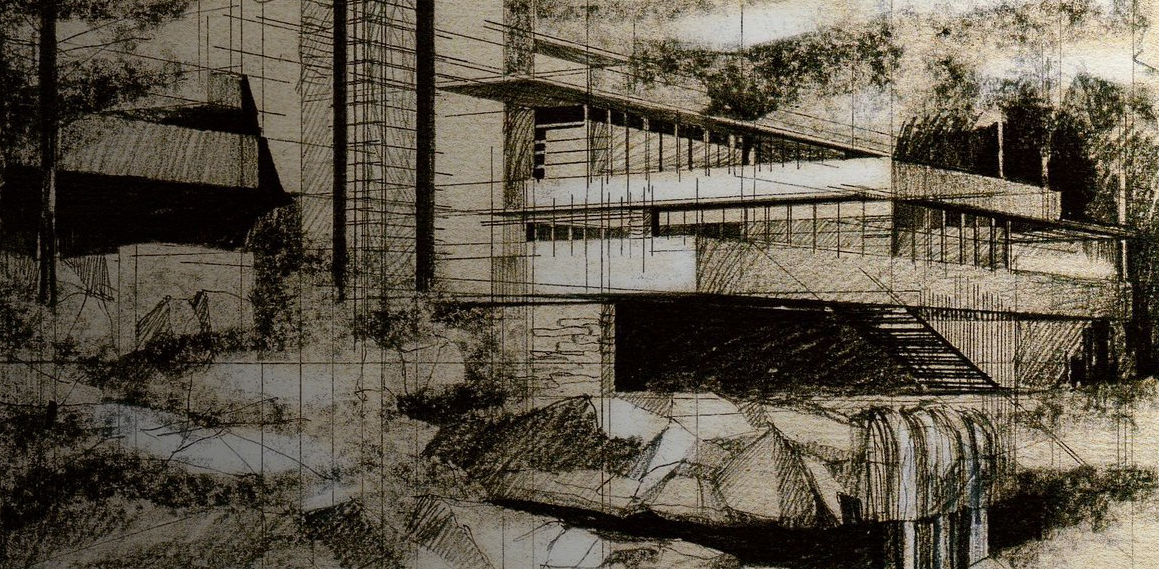The judging process for Architizer's 12th Annual A+Awards is now away. Subscribe to our Awards Newsletter to receive updates about Public Voting, and stay tuned for winners announcements later this spring.
One of the buzziest and most debatable words in the architecture industry is sustainability. It is an increasingly common descriptor for our buildings, but the term may be so ubiquitous that we fail to question what it actually means. When terms like sustainable and organic become increasingly widespread, they often turn into all-encompassing and loosely-defined words that are overused in today’s rhetoric. So, how do we actually define sustainable building?
In fact, “there basically are no sustainable buildings,” says Michael Green, one of the speakers at Architizer’s first-ever Future Fest event. “There are unbelievably talented, motivated people trying really hard to do better in this, and I don’t mean to disparage any of us all trying with the best of intentions,” he added, “but I do think it’s time to stop calling buildings sustainable.”
Green makes a very valid point: “I think it’s time to recognize that we are on a path toward sustainability, but we are not sustainable yet, and there are no sustainable buildings.”
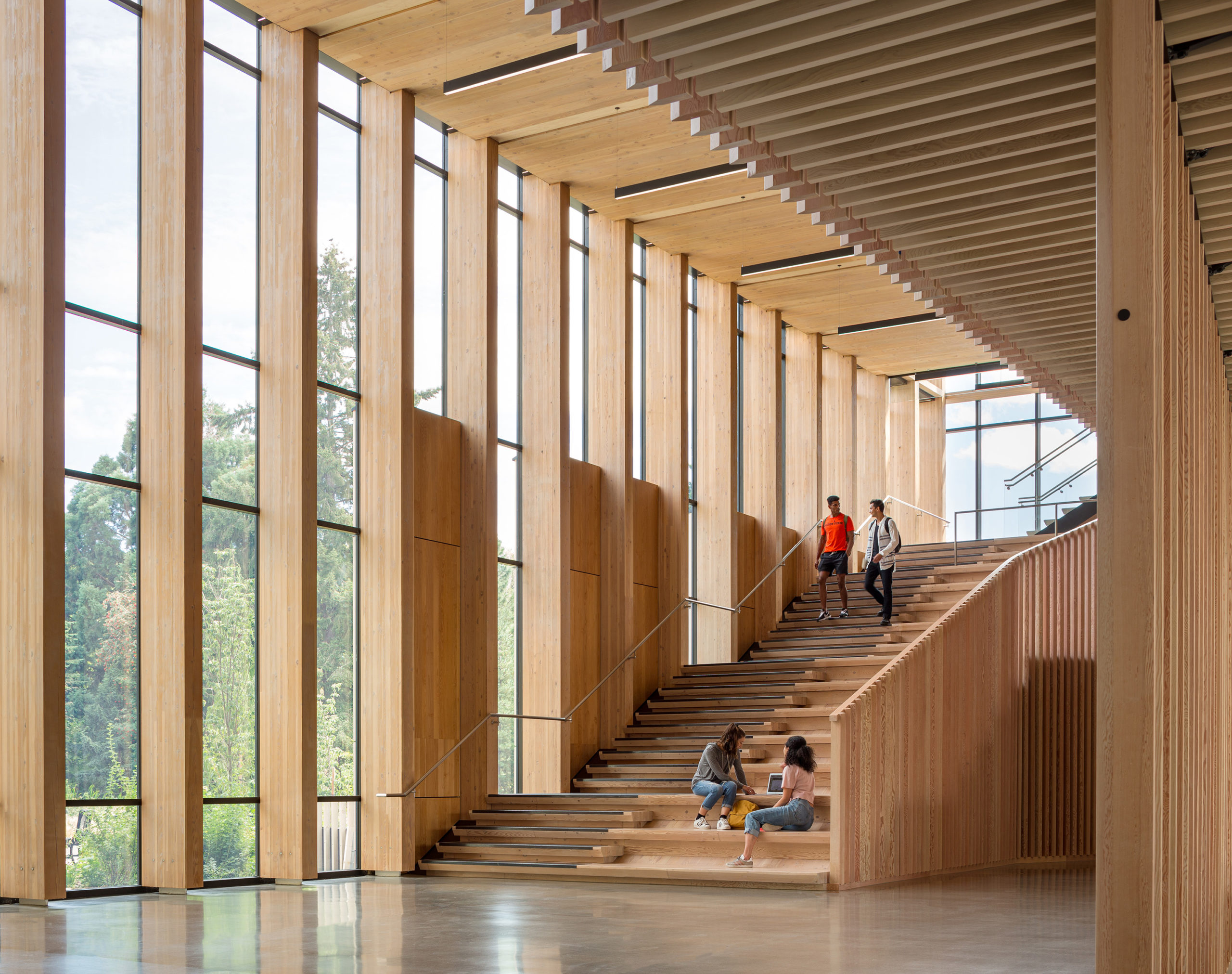
Oregon State University Forest Science Complex by MGA | MICHAEL GREEN ARCHITECTURE, Corvallis, OR, United States, 2020. Finalist, 2021 A+Awards, Wood +Architecture | Photo by JOSH PARTEE ARCHITECTURAL PHOTOGRAPHER
What a refreshing statement. If no architecture today is sustainable, then where is the industry headed; are we going in the right direction? The rest of the speaker’s throughout the three-week-long event — each discussing where their practice is headed and better illuminating the Future of Architecture on various scales — painted an optimistic and empowering view of how our industry can help to transform our global society into a more sustainable one.
Watch Michael’s (Free) Live Talk
Michael’s talk (which one viewer described as “a must for our profession”) left us thinking about our collective purpose. What are designers contributing to their communities and are they leveraging their industry’s voice in order to better our world? Without a clear purpose, an architect’s work can only go so far. Michael’s firm, MGA | MICHAEL GREEN ARCHITECTURE, knows exactly their purpose: building with timber to construct structures that are as carbon-neutral and energy-efficient as possible. Yet, even these buildings are not fully sustainable.

Edges Al Barouk by STUDIO TOGGLE, Salmiya, Kuwait, 2014
While not fully sustainable, at least the firm is transparent about these stats. Without transparency, we will never arrive at a sustainable future; and calling our buildings ‘sustainable’ when only components of the structure truly are, is not transparent. Following this line of thought, transparency doesn’t only mean admitting to our unsustainable practices — it also encompasses sharing breakthroughs in sustainable construction. MGA’s collective ethos is to share ideas and building models in order to accelerate our arrive at a sustainable future. Sustainability is not an individual stat; it is a collective objective. Moreover, the sooner designers lead with a collective mindset, the sooner we can reintroduce the term sustainable into our vocabulary.
One of the most wonderful things about Future Fest was its global audience and equally global lineup of speakers. While Michael’s perspective is from Canada’s timber-rich west coast, Hend Almatrouk, CEO and partner at STUDIO TOGGLE, comes from a different climate and responds to a different set of problems altogether. Indeed, if sustainable design is an elusive goal in Vancouver, imagine the challenge architects face in climates where temperatures reach 55℃. Extreme temperature shape design and necessitate the use of passive strategies and vernacular cooling methods to lower structures’ carbon footprints. By leading with honesty and exposing the challenge at hand (in this case it is extreme heat), a more sustainable solution is achievable.
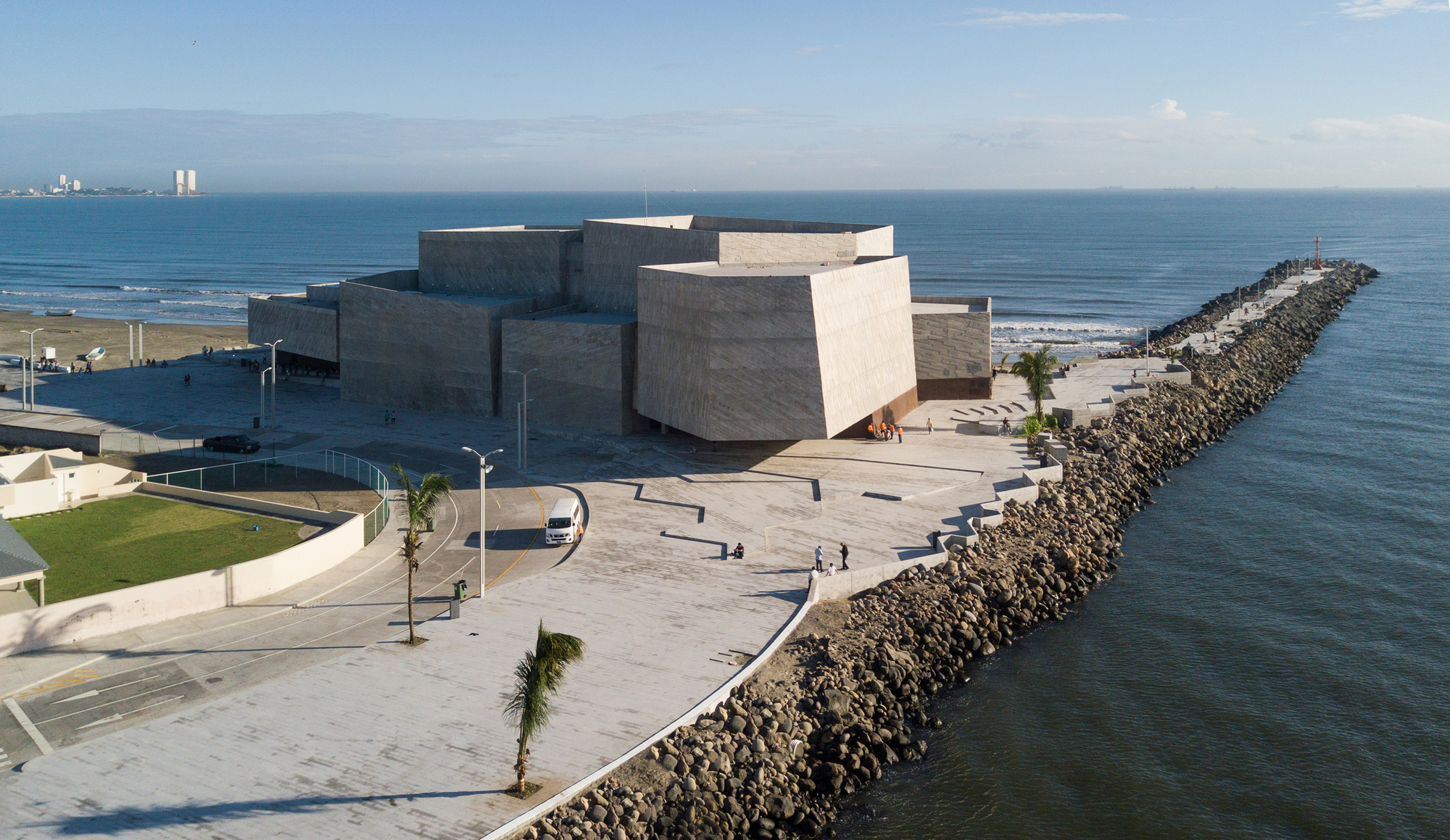
Foro Boca by Rojkind Arquitectos, Boca del Río, Mexico, 2018 | Jury Winner, 2018 A+Awards, Architecture +Urban Transformation and Architecture +Concrete | Photo by Jaime Navarro
Flipping the narrative of humans as energy-addicted agents who hold power to destroy a defenseless planet, Michel Rojkind, founder of Rojkind Arquitectos posed the question: “Is the Earth fragile or are we the fragile ones?” He argued that we make a mistake in thinking that we simply ‘designing’ the problems that we face; human existence is vulnerable and the natural world is more resilient — we should all be terrified of the havoc that the environment will wreak on us in response. In order to find an equilibrium, architects cannot work alone.
Watch Michel’s (Free) Live Talk
As part of a larger community that is striving for the same thing — a more just, safe and inhabitable world — we must start imagining new ways to build resilient communities. While the term sustainability is charged (and, as mentioned earlier, inaccurate), it may be more productive to instead promote architecture that is regenerative. This implicitly raises the benchmark from leaving zero trace on this Earth (sustainability) to one that celebrates leaving our planet better than we found it.
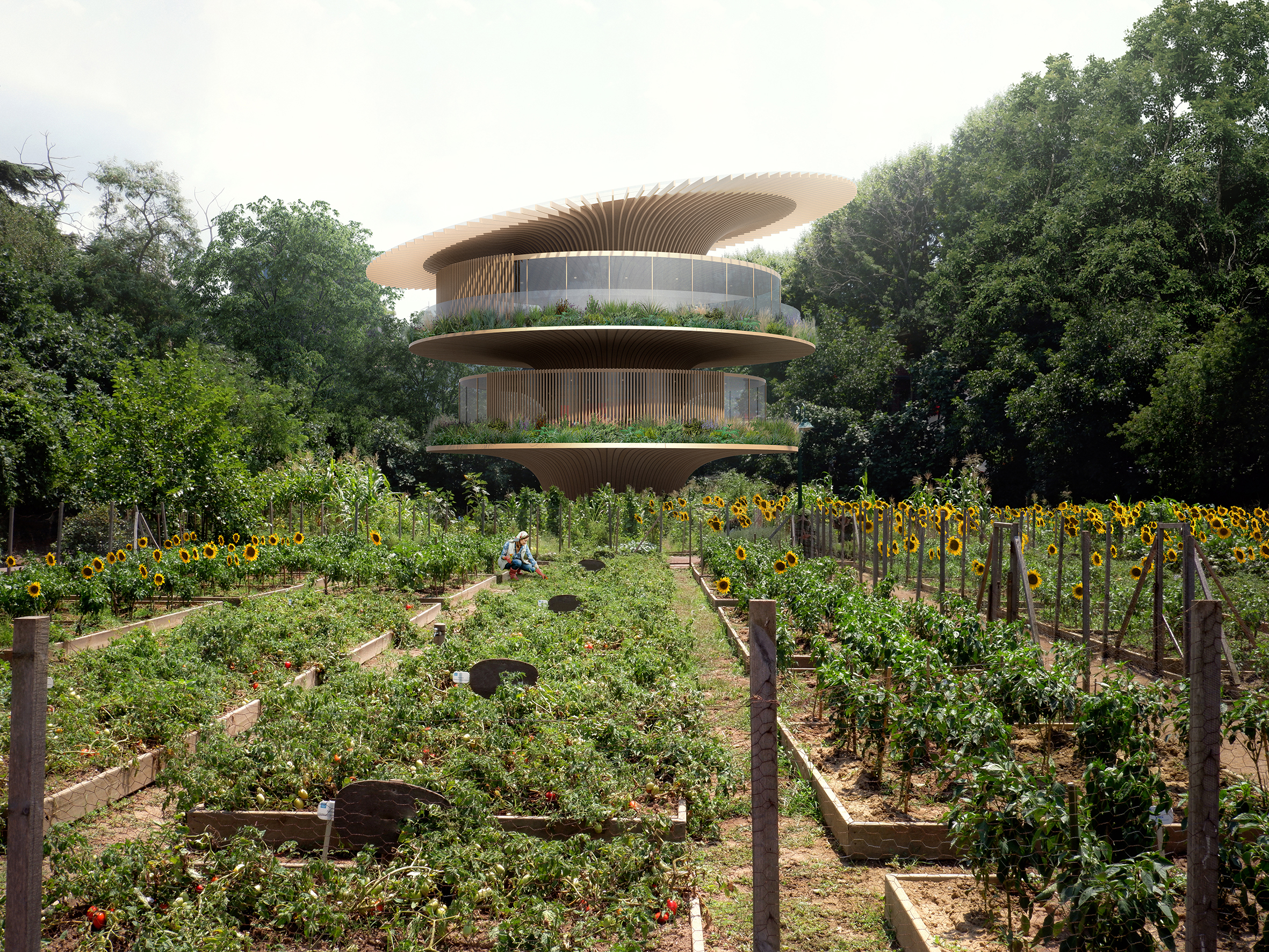
Sunflower House by KOICHI TAKADA ARCHITECTS, Le Marche, Italy, Concept.
The concept of regeneration also appeared in the talk by Koichi Takada, principal of KOICHI TAKADA ARCHITECTS. While many architects are talking about on-the-ground strategies for sustainable construction, less often discussed are models of industry-wide transformation itself.
Watch Koichi’s (Free) Live Talk
Yet, as other speakers mentioned. sharing knowledge about green design will paramount for the industry to transform; architects must therefore embrace models for intergenerational knowledge sharing. The Japanese Shinto shrine of Ise Jingū was established thousands of years ago and maintains a special tradition; every twenty years, the shrine is rebuilt due to the belief that building techniques and craftsmanship must be passed down from one generation to the next. How can we build an industry modeled on the practices of Ise-Jingū?
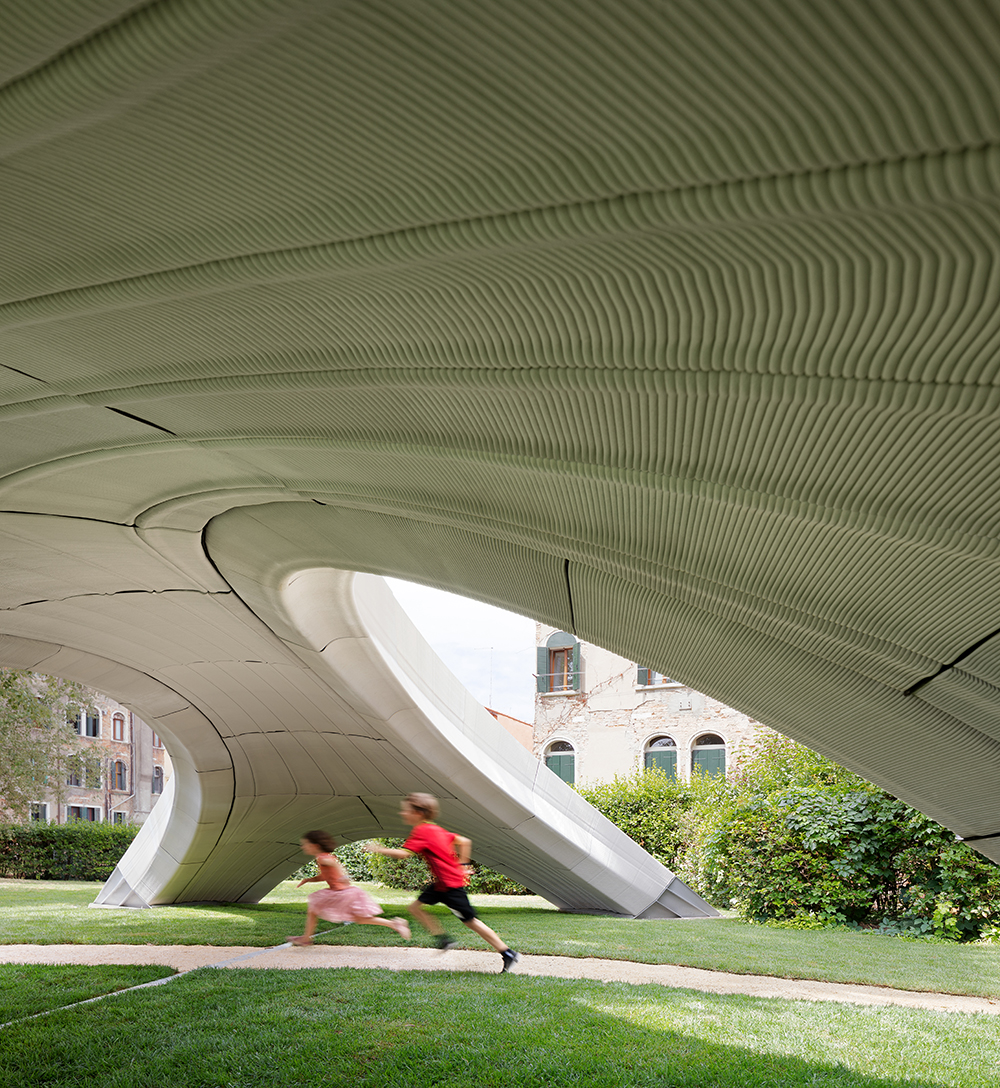
Striatus 3D Printed Bridge by Zaha Hadid Architects, Venice, Italy, 2021. Jury Winner, 2022 A+Awards, Architecture + Concrete
Echoing this sentiment, for Shajay Bhooshan from Zaha Hadid Architects, design is strengthened when old meets new: in particular, mixing ancient principles of masonry with robotic 3D printing. If democratizing the architecture field is the first step at a sustainable future, this will involve disseminating knowledge, sharing spatial presets and creating civic pride. Thus, collective sharing is paramount — the industry needs to have a “global best practice.”
Watch Shajay’s (Free) Live Talk
And how does one foster civic pride? Through accessible and socially-engaging demonstrators that show the potentialities of a design. Projects like Zaha Hadid’s Striatus 3D Printed Bridge exemplifies this, showcasing how 3D printing can ameliorate our shared built environment.
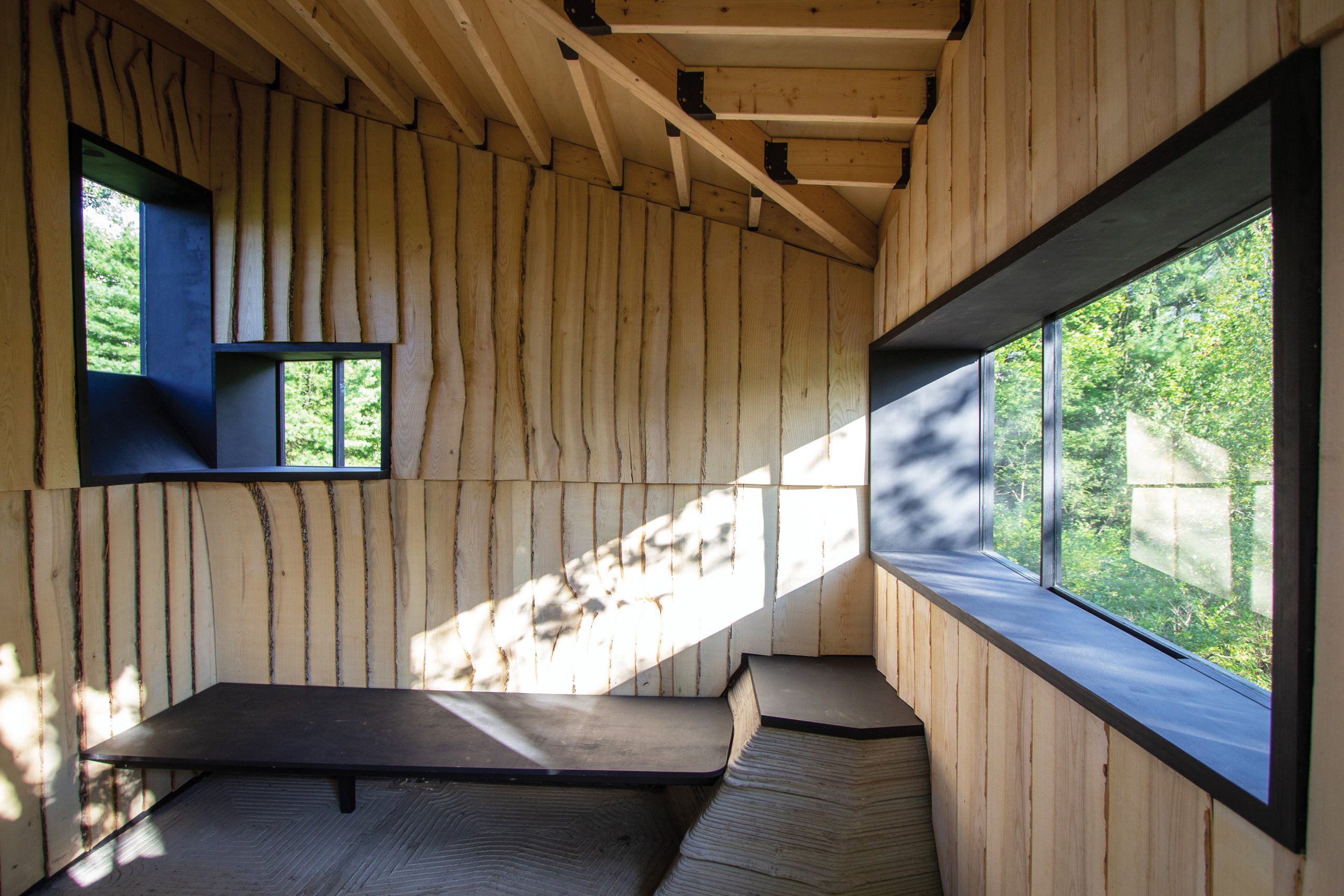
Ashen Cabin by HANNAH, Ithaca, NY, United States, 2019 | Finalist, 2020 A+Awards, Architecture +New Materials; Finalist, 2022 A+Awards, Architecture +Experimental Design and Architecture +New Technology
Another speaker also contemplated the place of 3D printing in a more sustainable building industry. Leslie Lok, co-founder and co-principal of HANNAH, shared her firm’s work turning unsuitable EAB-infested ash trees into a fully viable building material. The process leverages technological advancements, such as AR and 3D scanning, to reduce material waste and challenge the preconceived notions of suitable building wood.
Watch Leslie’s (Free) Live Talk
Not only does HANNAH’s process encourage nose-to-tail usage of logs and timber — thereby reducing material waste — but it also demonstrates a design process based on feedback with the way that the logs themselves are formed. Rather than focusing on just one material process, however, Leslie also extolled the potential of combining a variety of material methods, applications and geometries, including using 3D printing. Hers is a way of thinking about digital processes from bottom up.
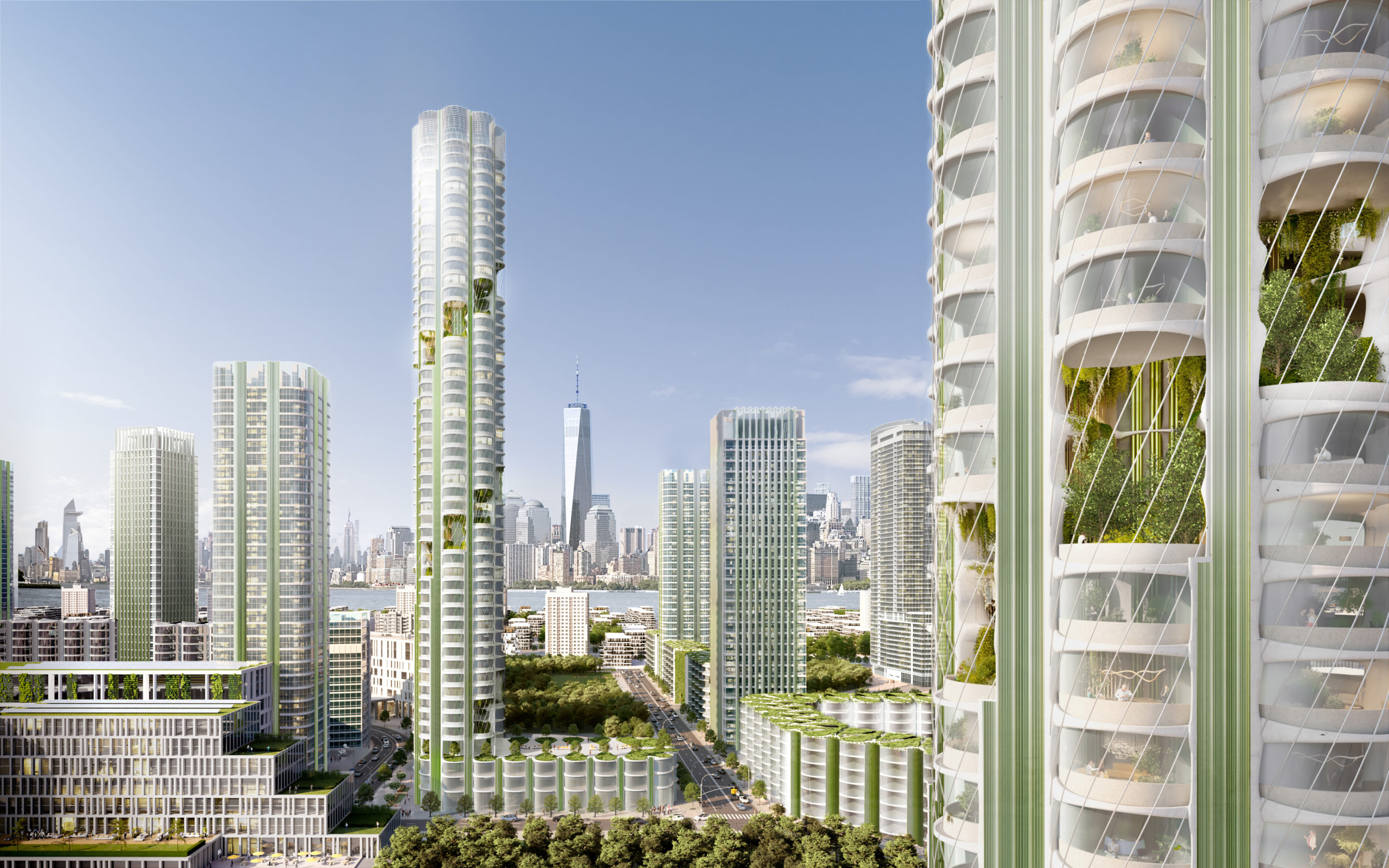
Urban Sequoia by Skidmore, Owings & Merrill (SOM), Concept, — Image courtesy of SOM | Miysis
Meanwhile, Yasemin Kologlu, principal at SOM, considered how architects could were harnessing existing technologies to create emerging solutions. Akin to Michel’s call for regenerative architecture, SOM’s prototype for Urban Sequioa was developed around the idea that shouldn’t simply be imaging buildings that do no harm; instead, architects should be creating structures that contribute to the solution to imminent climate crisis — perhaps by sequestering carbon from the air.
Watch Yasemin’s (Free) Live Talk
By thinking about systems of building that are applicable to high-rise, low-rise and mid-rise structures, SOM is imagining how to build new urban ecosystems. This will only be possible by combining innovation on many levels: by building with bio materials and turning nature-based solutions (such as micro algae systems) simultaneous to using technologies that can absorb carbon and use it elsewhere.
All the innovative ideas brought forth at Future Fest will be possible if we agree upon a collective goal and collectively take action. When the collective goal is established, real change is possible, and the closer we will be to calling our built environment sustainable. Democratizing our built environment is the first step. Michael Green reminds us that architecture is an act of love, and when we lead our designs with love, we can be a part of the solution.
The judging process for Architizer's 12th Annual A+Awards is now away. Subscribe to our Awards Newsletter to receive updates about Public Voting, and stay tuned for winners announcements later this spring.
Article written by Francecsa Mercurio with Hannah Feniak.
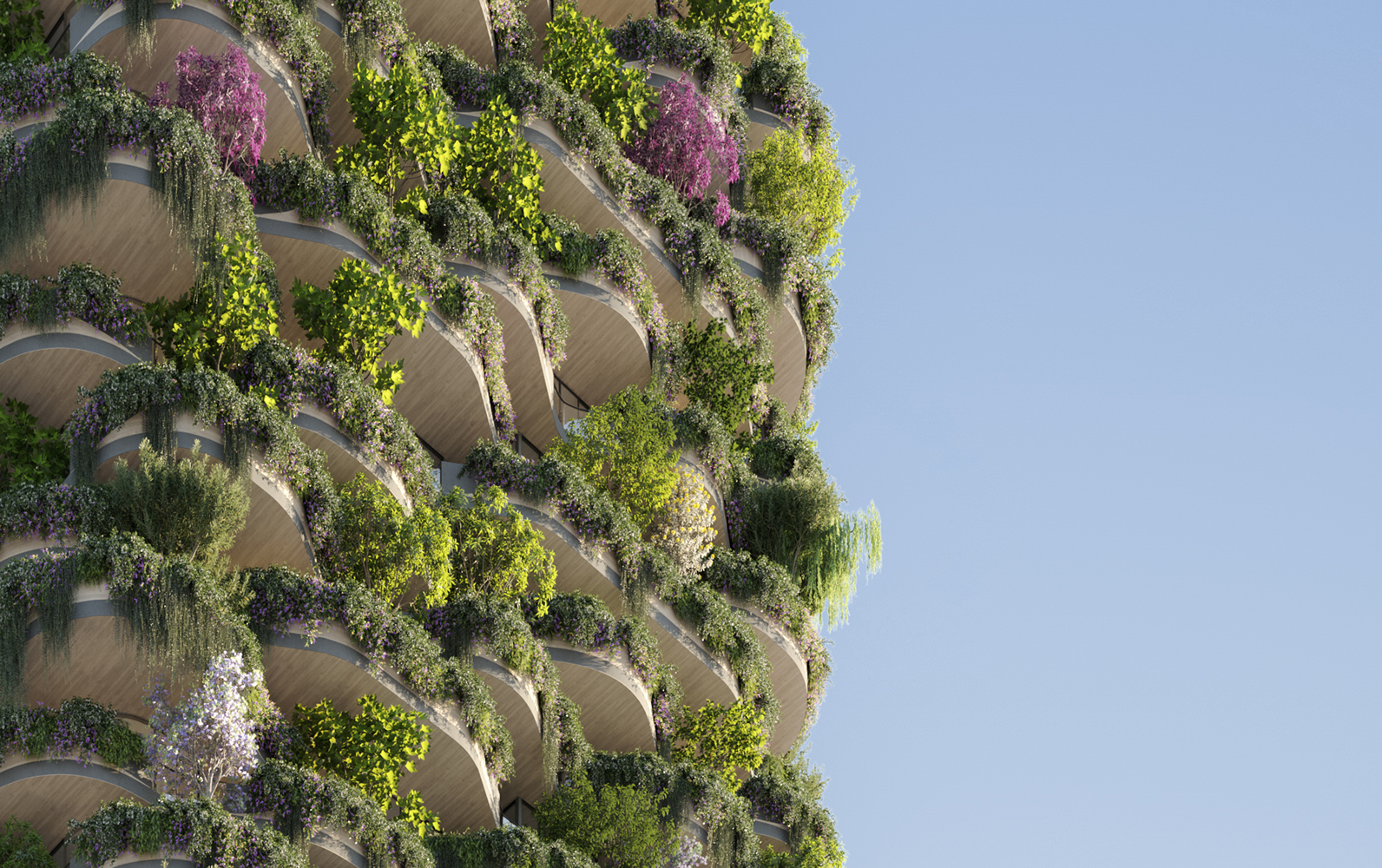
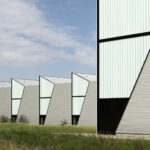
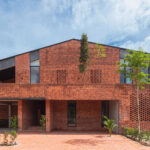
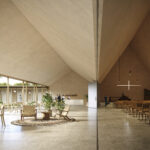
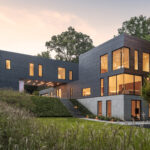
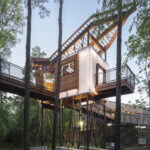
 Ashen Cabin
Ashen Cabin  Edges Al Barouk
Edges Al Barouk  Foro Boca
Foro Boca 